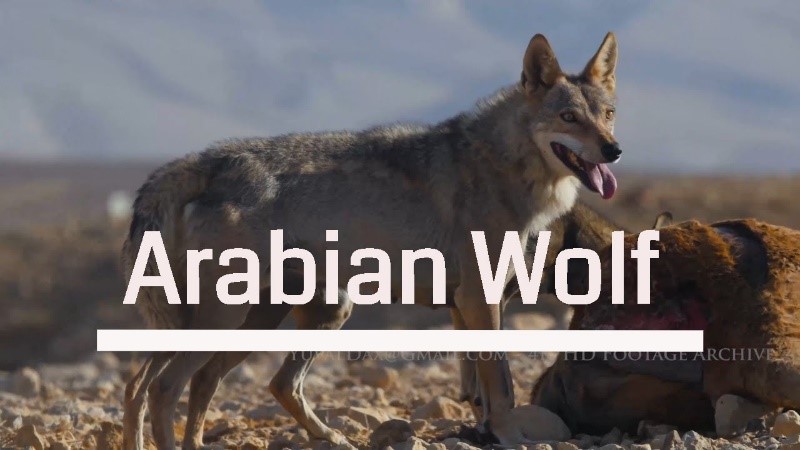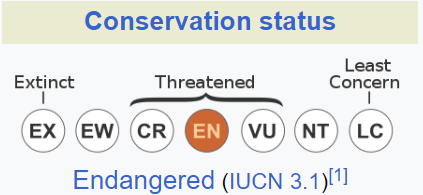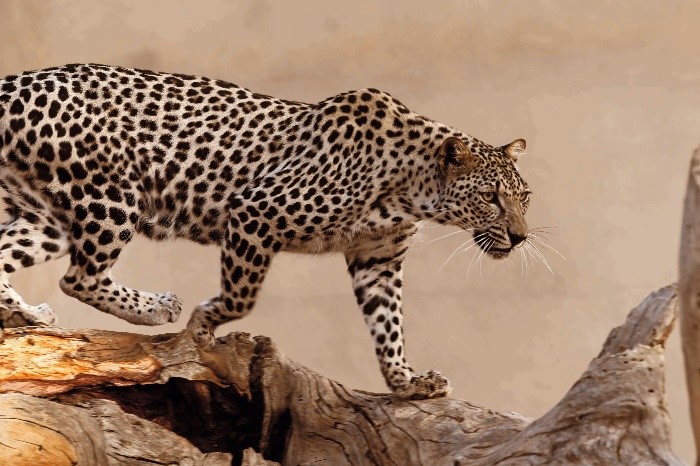Free Courses Sale ends Soon, Get It Now


Free Courses Sale ends Soon, Get It Now



Disclaimer: Copyright infringement not intended.
In News
Arabian wolf
About
Distribution
Features
Diet

Protection

Arabian Leopard
About
Location
Characteristics
Distribution and Habitat
Ecology and behaviour
Threats
Status
Conservation
|
PRACTICE QUESTION Q. Bergmann's rule is related to which of the following? 1.Animals become active during twilight hours, i.e., during dawn and dusk to adapt to nocturnal life. 2.Animals adapted to cold climates have shorter and thicker limbs and bodily appendages than animals adapted to warm climates. 3.Species of larger size are found in colder environments, while populations and species of smaller size are found in warmer regions. 4.Within a species of endotherms, more heavily pigmented forms tend to be found in more humid environments, e.g., near the equator. Choose the correct code. 1. A 2. B 3. C 4. D Answer Option 3. C Crepuscular Animals The average daytime temperatures in the desert often exceed more than 38°C. Nocturnal lifestyle helps to cut down the loss of water, especially in desert biomes. It also enhances osmoregulation. Some animals become active during twilight hours, i.e., during dawn and dusk. Such animals are called crepuscular animals. Allen's rule is an ecogeographical rule formulated by Joel Asaph Allen in 1877, broadly stating that animals adapted to cold climates have shorter and thicker limbs and bodily appendages than animals adapted to warm climates. Bergmann's rule is an ecogeographical rule that states that within a broadly distributed taxonomic clade, populations and species of larger size are found in colder environments, while populations and species of smaller size are found in warmer regions. Gloger's rule is an ecogeographical rule that states that within a species of endotherms, more heavily pigmented forms tend to be found in more humid environments, e.g. near the equator. |
© 2024 iasgyan. All right reserved